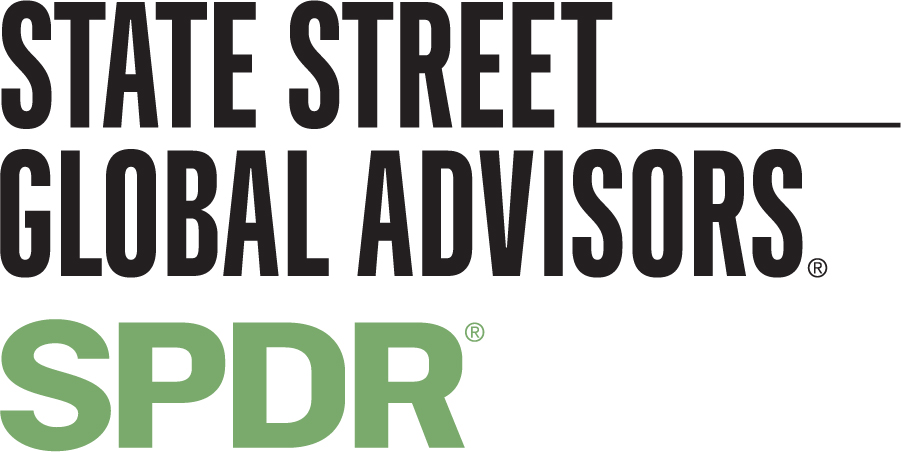The State Street SPDR S&P U.S. Communication Services Select Sector UCITS ETF is the latest fund to be put before our expert product panel.
What the provider says:
SSGA says the new fund provides exposure to the new Communication Services sector unveiled by S&P Dow Jones Indices and MSCI following the annual review of the Global Industry Classification Standard (GICS) structure in November 2017. It points out that the new fund will include three of the FAANGs - Facebook, Netflix and Alphabet - as well as telecoms services companies like Verizon and AT&T and media and entertainment companies like Comcast.
What the panel says:
Oliver Smith, IG
There was a certain inevitability that the re-shuffling of the Global Industry Classification Standards (GICS) would see the launch of a new sector ETF. This offering, physically replicated and offering both USD and GBP share classes, fits neatly into SPDR's Sector ETFs range. The management fee is competitive too, at just 0.15%, making it a likely go-to product for investors seeking this exposure. As a sector ETF it is concentrated - Alphabet and Facebook alone make up 42% of the allocation - with just 26 constituents. Interestingly the index is capped to ensure that the largest company cannot exceed 25% and the second largest at 20%, which will ensure some diversification going forwards. Historically telecoms was seen as a value proposition, but the addition of tech names makes this a much more dynamic part of the market to be invested in.
Nicolas Rabener, Factor Research
State Street is simply following S&P's GICS change by reclassifying certain technology and media companies to communication stocks by launching the SPDR S&P US Communications Services UCITS Selector Sector ETF. A shorter, but more accurate name would be "Facebook + Alphabet + Telecom ETF", which could be abbreviated to the FAT ETF. Investors should be wary of this launch as Facebook and Alphabet, the parent company of Google, have a combined weight of 43% in the ETF, which makes this a highly concentrated portfolio. The TER of 0.15% is in line with SPDR's other US sector-focused UCITS ETFs, but above the 0.13% charged for the equivalent ETFs traded in the US.
Timo Pfeiffer, Solactive
There´s clearly a strong demand out there in the market for this bunch of stocks and State Street is responding to that. So I believe the launch is not purely triggered by the upcoming index changes from Telcos to Communications, but first of all by investor interest in this broader sector. Similarly, we've recently been part of an ETF launch linked to the Solactive Media and Communications Index, the Solactive version of this market segment. An overall comment and more personal view is that I consider pure sector approaches limited and one-dimensional to some extent. Let´s just take the communications area as a starting point which is a combination of many different investment themes - networks, smartphones, streaming, etc. And those themes should not just be bundled in one sector but also include companies from different sectors that are also - at least partially - active in those fields. Let´s take Apple as an example - not to be expected in this new sector while other FAANG´s will be - but as investor I´d still like to have exposure to the stock as part of any of the themes above. So I think we are moving away from one-dimensional sector approaches to broader theme classifications based on big data sciences where a stock can and will belong to different themes."
Mark Northway, Sparrows Capital
Our initial reaction to this launch was guarded. At first glance it seems to be a cynical response to investment and trading demand for FAANG stocks, which would make it the worst kind of smart beta. On further inspection, however, there seem to be genuine underlying reasons for the GICS realignment and for the creation of a new Communication Services sector. The change reflects the effective merging of telecommunication and online services businesses and creates a single GICS classification to address this. The new sector contains 26 stocks with a market cap of around $2.4trn representing around 10% of the S&P 500 and 5% of the global market capitalisation. Growth stocks, driven largely by Communications Services, have performed phenomenally well over the past five years and present some very challenging valuations. Investment into the sector at this point exposes buyers to those valuation concerns and to a major concentration in US large caps. Certainly, there has been a change in the make-up of the economy, but the words 'this time it's different' usually signal 'run'. Expect the new ETF from SPDR to find buyers as sector players adjust their portfolios to reflect the classifications. Expect also incremental investment into this vogue sector as the current volatility provides apparent buying opportunities. Expect the EFT to be adopted also by tactical sector allocators. Expect tears at some point. Perhaps SPDR should have chosen the ticker BUBL?
Peter Sleep, 7IM
This ETF is difficult to get excited about. On 28th September 2018 the MSCI and S&P GICS sectors will be reorganised and a new Communications Sector will emerge from the Consumer Discretionary, Information Technology and Telecoms sectors. SPDR are hot off the mark in launching an S&P Communications Services Select Sector ETF to capitalise on this. The ETF will include many of today's favourite names including Alphabet and Facebook. The new sector will have 26 companies with a total market cap of about $2.4trn. The weightings of the new index will be heavily skewed towards the biggest names in the index, hence the need for a 'Select' index to scrape within the diversification regulations. The largest company, Alphabet, will be capped at 25% of the index and the second largest, Facebook, will be capped at 20% of the index. The index will also limit the sum of companies with a weight of greater than 4.8% to less than 50% of the index. The turgid index rules point to the downside, it is a very concentrated index with nearly 50% in the top 3 holdings. This level of concentration is allowed for an index tracking UCITS funds, but it would not be otherwise allowed for a regular UCITS funds that have to abide by much tighter rules to maintain a prudent spread of risk. As a sector ETF, GXLC does what it says on the tin and compliments SPDR's existing range of US sector ETFs. The ETF is keenly priced at 15bps but is accumulation only which makes sense given the three largest companies in the ETF do not pay a dividend - Alphabet, Facebook and Charter Communications.
James McManus, Nutmeg
SPDR are ahead of competitors here in providing a product that allows investors to begin to position for the changes that will take place to GICS sectors in late September. Sector investors will be re-evaluating their exposures, as the composition, valuation, and performance characteristics of some sector indices will change substantially. Given the magnitude of changes, it is important ETF providers offer the full range of new sector exposures from the date of the changes in order to allow investors to manage their risk. For example, the traditional telecommunications sector has typically been regarded as a defensive sector, consisting of value stocks and being largely domestic-earnings focused. The rebranding and inclusion of growth stocks (which are cyclical in nature), with global earnings such as Facebook and Google, means this perception will now change. Technology remains a key theme in Nutmeg portfolios. We believe the technology sector is poised to continue growing as it disrupts older-economy business models, and the primary way we have exposure to the sector is through S&P 500 and NASDAQ 100 index products. The Nasdaq index in particular provides diversified US equity exposure with a particular focus on technology stocks and high growth companies and includes all five FAANG stocks. In fact, one of the reasons we chose this strategy is because it won't be affected by the reshuffling of the FAANG stocks as the technology, consumer discretionary and telecommunications sectors are. We also hold exposure in the MSCI Asia Emerging Markets Index, which has a high allocation to growth-focused technology stocks in Asia.


